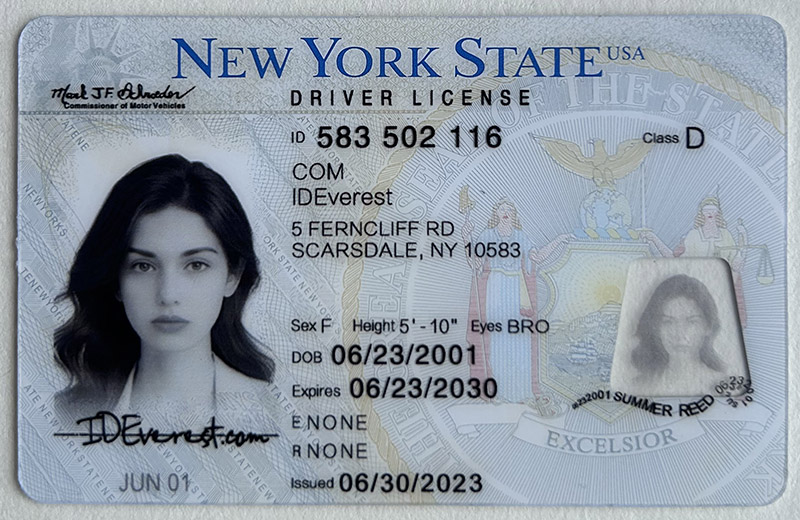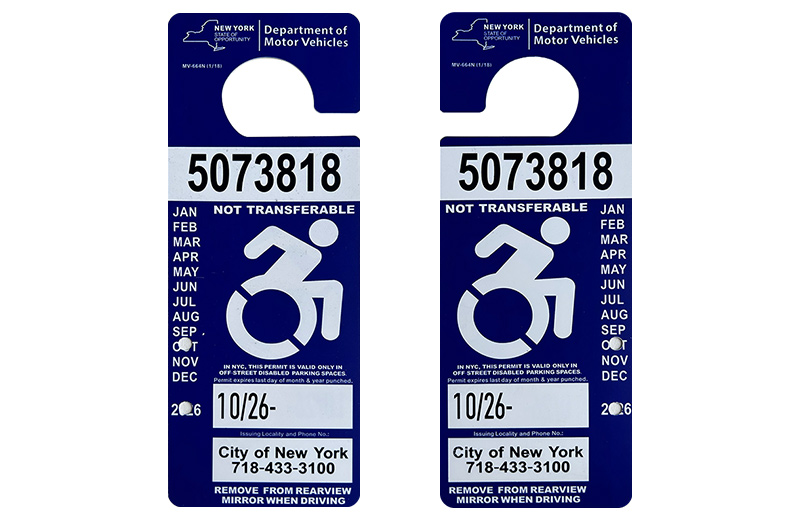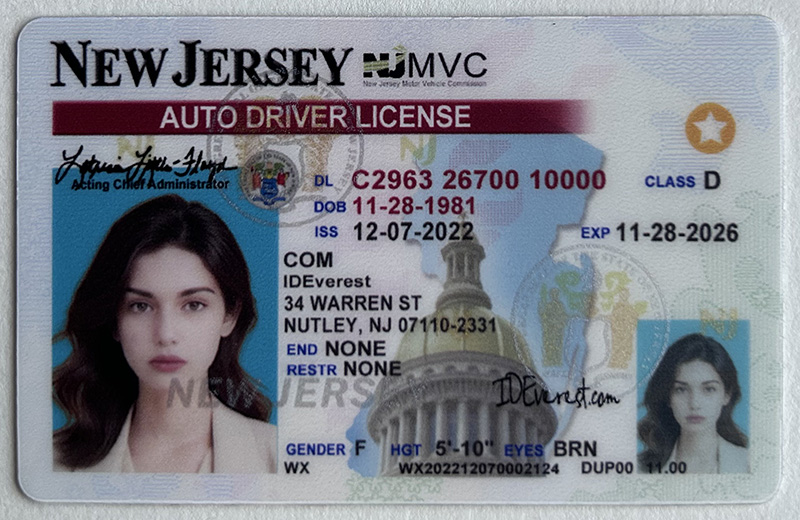Michigan ID features
Article Outline:
1. Introduction (800 words)
- Overview of Michigan IDs
- Importance of state IDs in modern society
- Purpose of the article: deep dive into Michigan ID features and their impact
- Brief mention of key sections: product features, market analysis, and target audience.
2. The Design and Features of Michigan ID (2000 words)
- 2.1. Basic Design Elements: A detailed description of the design of Michigan IDs including dimensions, layout, and color schemes.
- 2.2. Security Features:
- Holographic Overlays: Discuss the use of holograms to prevent tampering and counterfeiting.
- Microprinting: What microprinting is, why it’s effective, and where it’s used on Michigan IDs.
- UV Features: Description of ultraviolet elements embedded for verification.
- Barcodes and QR Codes: Discuss the technology behind these codes, data included, and why they are crucial.
- Optical Variable Ink (OVI): Explanation of color-changing inks used in the Michigan IDs.
- 2.3. Embedded Technology:
- RFID Chips: Usage of RFID for rapid scanning.
- Magnetic Stripes: How they store information and how they are verified.
- Smart Card Capabilities: Introduction to potential future upgrades involving smart chips.
- 2.4. Compliance and Standards: How Michigan ID meets federal standards such as REAL ID Act.
- 2.5. Customization Options for Different ID Types: Discuss different versions (standard ID, enhanced ID, driver’s license) and how they differ in design and security.
3. Analysis of Michigan ID Features (1800 words)
- 3.1. Why Security Matters in Modern IDs: Trends in identity fraud, increased cases of counterfeiting, and why secure IDs are more important than ever.
- 3.2. Michigan’s Unique Approach: How Michigan differs from other states in its security and design strategy.
- 3.3. How Effective are the Features?: Analysis of how well Michigan's features prevent fraud. Comparative analysis with neighboring states.
- 3.4. User Feedback and Efficiency: Case studies, user feedback on ease of use, and how the features impact daily utility.
- 3.5. Michigan ID and Technological Innovations: How Michigan is embracing or resisting trends like biometrics and digital IDs.
4. Market Analysis (1400 words)
- 4.1. Market Demand for Enhanced Security in IDs: What drives the need for highly secure ID cards in Michigan and across the U.S.
- 4.2. Industry Standards and Competition: How Michigan IDs compare to national standards (e.g., REAL ID compliance) and global standards.
- 4.3. Counterfeiting Trends and Solutions: Discuss the rise in counterfeit IDs, especially among students, and how Michigan’s features counteract this.
- 4.4. Vendors and Production: Overview of who produces Michigan IDs and the role of government contracts.
- 4.5. Cost Analysis: Production costs, consumer pricing, and why investing in secure IDs is valuable.
5. Target Audience (1000 words)
- 5.1. Key Demographics:
- Michigan residents.
- Students (universities/colleges) and young adults.
- Employers conducting background checks.
- Government officials and law enforcement.
- 5.2. Understanding User Needs: Why different groups require unique ID features.
- 5.3. Business Use: How businesses leverage Michigan IDs for verifying identities.
- 5.4. Educational Institutions: The role of Michigan IDs in campus security.
- 5.5. How Michigan IDs Impact Residents: Day-to-day applications, from age verification to accessing secure facilities.
6. Detailed Product Analysis (1400 words)
- 6.1. Pros and Cons of Michigan ID Features: A balanced evaluation of the advantages and potential drawbacks.
- 6.2. Ease of Verification for Businesses and Government: How easily Michigan IDs are authenticated in real-world situations.
- 6.3. Comparative Analysis with Other States: How does Michigan’s ID compare to states like California, New York, and Texas?
- 6.4. Technological Adaptability: How adaptable is Michigan's ID system to potential technological upgrades?
- 6.5. Sustainability and Durability: The materials used and how environmentally sustainable Michigan ID production is.
7. Future Trends and Recommendations (1000 words)
- 7.1. The Future of IDs in Michigan: What potential upgrades are on the horizon (e.g., digital IDs, biometrics).
- 7.2. Moving Toward Digital Solutions: Analyzing the trend towards mobile IDs and what that means for Michigan.
- 7.3. Enhancing Security Measures: What additional security features Michigan could integrate.
- 7.4. Recommendations for Michigan State: Expert recommendations on improving usability, security, and access.
- 7.5. Predictions for the Next Decade: How Michigan’s ID features might evolve.
8. Conclusion (600 words)
- Recap of the Michigan ID features and importance.
- Reiterate the significance of secure and effective ID solutions.
- Final thoughts on how Michigan’s ID features impact residents, businesses, and security.
- A call to action: Why readers should stay informed about their state ID features.
Detailed Section Content: Sample Excerpt
Sample Analysis (from Section 2: The Design and Features of Michigan ID)
2.2. Security Features
Michigan IDs are designed with several layers of security to prevent counterfeiting, each playing a vital role in protecting individual identity and ensuring verification integrity. Some of the standout features include:
Holographic Overlays: One of the most visible security elements, the holographic overlay is a shifting design that changes appearance when viewed from different angles. This feature not only prevents duplication but is also easily verifiable by authorities without requiring special tools.
Microprinting: Often invisible to the naked eye, microprinting involves printing extremely small text, often only visible under magnification. This text, placed strategically across the ID, prevents reproduction through standard copying or scanning techniques.
Ultraviolet Features: Under UV light, Michigan IDs reveal additional elements invisible under regular lighting. These features are typically government symbols or text, used for quick verification under specialized lights by law enforcement or ID verification experts.
Barcodes and QR Codes: These machine-readable codes store personal and secure information that ties back to state databases. The use of QR codes is becoming more popular as a way to instantly verify the ID holder’s data in real-time.
By integrating these security elements, Michigan's ID system remains a benchmark for state-level identification, setting a high standard in both security and usability.
 Scannable Custom Premium Ohio
Scannable Custom Premium Ohio
 Scannable Custom High-End New
Scannable Custom High-End New
 Scannable Custom Premium New Y
Scannable Custom Premium New Y
 Scannable Custom High-End New
Scannable Custom High-End New